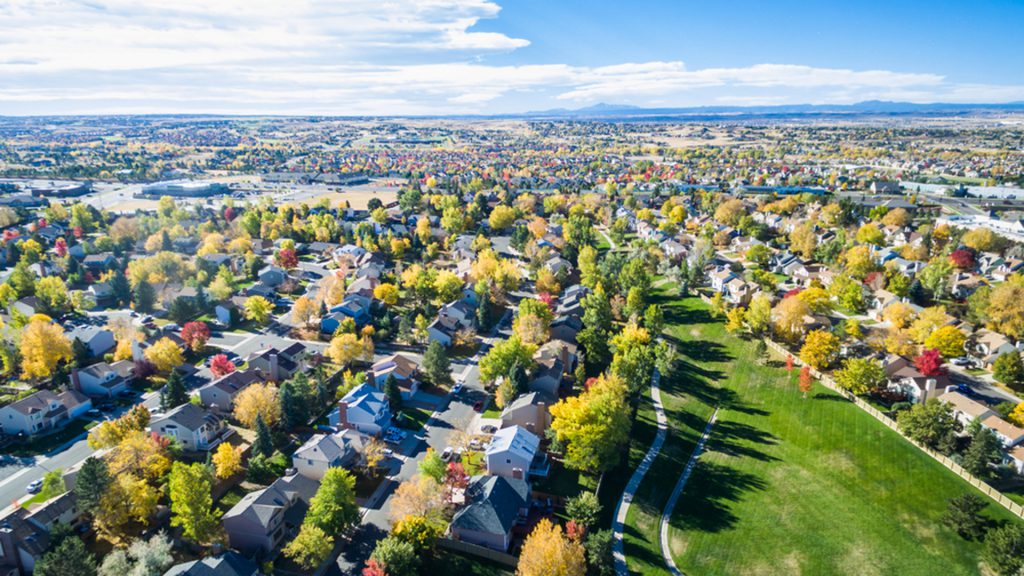Indiana may be best known for its obsession with sports (and limestone) but what may not be in the public domain is that the Midwestern state has one of the lowest cost of living in the United States. A dollar stretches a long way here, longer than it would in 41 states. Anyone looking to relocate to the Hoosier State will also be happy to know home prices in Indiana are among the most affordable in the country.
It is the 16th largest state economy in the United States and this, coupled with the sixth lowest unemployment rate in the nation, makes for very interesting reading, or living rather. The state’s economy is mainly flanked by agriculture, manufacturing, and automotive industries. Also of notable importance is healthcare and education, not forgetting the two prestigious universities based here: Purdue and Notre Dame.
A dollar stretches a long way here, longer than it would in 41 states. Anyone looking to relocate to the Hoosier State will also be happy to know home prices in Indiana are among the most affordable in the country. As well, the state boasts a strong economy that is about the size of Norway, according to the American Enterprise Institute.
If you’re moving to Indiana, there are a lot of things you’re going to need to know. Luckily, you’ve come to the right place.
Here are a few pros and cons to consider as you make your move to The Hoosier State
Last year’s forecast stated that 2020 “could be quite volatile economically.” That statement turned out to be both true and a significant understatement of what has actually played out over the past year. There are two pieces of optimism for the Indianapolis metro area heading into 2021. The first piece of good news is that the area continues to outperform other areas of the state, albeit by a smaller margin, even in this challenging economic environment. Secondly, 2021 will likely be a year of economic recovery, with increases in job creation and economic growth.
The Indianapolis-Carmel-Anderson MSA makes up 29.0% of the state’s population (or about 1.95 million people), but accounts for 33.5% of the state’s employment and 34.0% of the state’s income. So Indianapolis will continue to be a driver of the state’s economic activity.
Economic forecasting is always a challenge, but this year is especially difficult. The uncertainty created by the COVID-19 pandemic leads to a wide range of potential economic outcomes. We are not forecasting the types of widespread government-mandated business closures that occurred in March and April 2020 to happen again—but that is certainly a possibility. Further, economic stimulus is badly needed to protect businesses and households until the worst effects of the pandemic are dealt with.
IndyGo, Indianapolis Public Transportation Corporation, provides commuting options to residents and guests of Indianapolis. There are 30 Fixed Routes. Including:
- Route 8 Washington Street Cross-Town – $1.75 per ride. Serving Indianapolis International Airport seven days a week (including holidays) with trips to and from every 30 minutes. Passengers can expect 45 minutes of travel time. Westbound buses to the airport stop along Ohio Street within walking distance of several downtown hotels. At the airport’s Ground Transportation Center, downtown-bound passengers can board Route 8 at Zone 6.
- The Red Line Downtown/IUPUI Circulator – $1.75 per ride, Monday-Saturday, 7 a.m.-10 p.m.
- Other Fixed Routes throughout Indianapolis – $4 Day Pass
With an overall cost of living index of 90.4, Indiana comes in at number ten for the most affordable cost of living in the U.S, but that definitely doesn’t mean it’s expensive!1 While smaller towns and cities typically provide a cheaper lifestyle than big cities, Indianapolis, Indiana’s capital city, is one of the most affordable cities in the country.
The median price for a house in the Hoosier State is $148,500, while $793 is the average monthly rent for a one-bedroom apartment. Its natural resources like coal are an important part of the economy. The cost of living in Indianapolis is 35.24% less expensive than New York.
Median 2-bedroom apartment rent $1,213. Median home value $148,500 . Gas (per gallon) $2.78.
Moving is one of the most exciting and overwhelming events in our lives. While there are many moving companies and various different resources to choose from, there is only one Real Movers. If you are in the process of planning a long-distance move, and you are looking for a moving company you can trust, Real Movers is your perfect choice.















